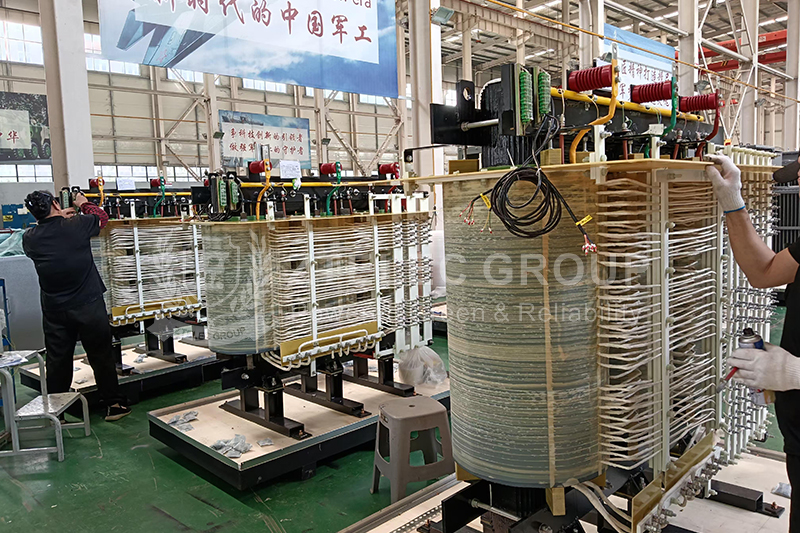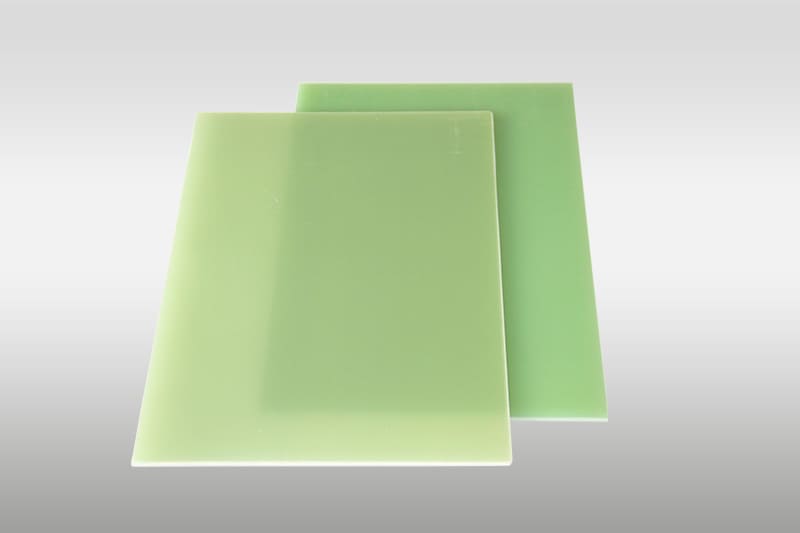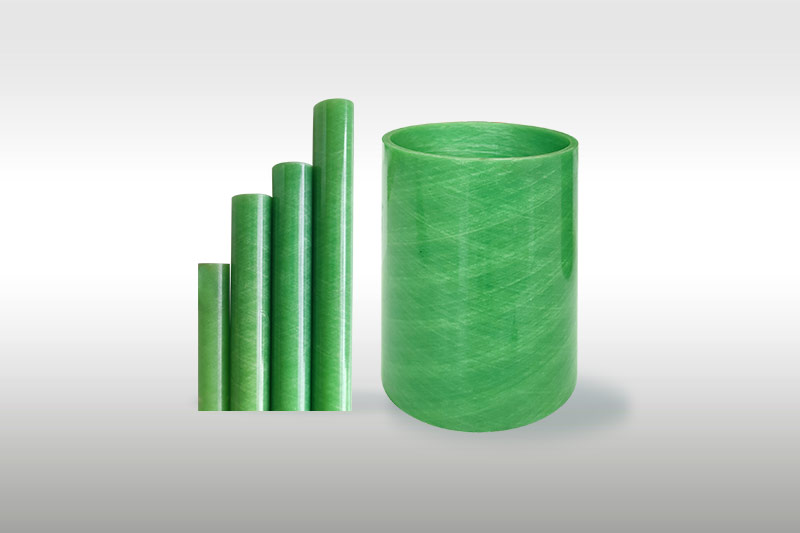What are composite insulation materials and how are they used?
Composite insulation materials are insulation systems composed of two or more different materials, typically a conductive material (such as metal or carbon fiber) and an insulating material (such as a polymer or ceramic). This material structure effectively compensates for the performance limitations of a single material, significantly improving the overall performance of the insulation system.
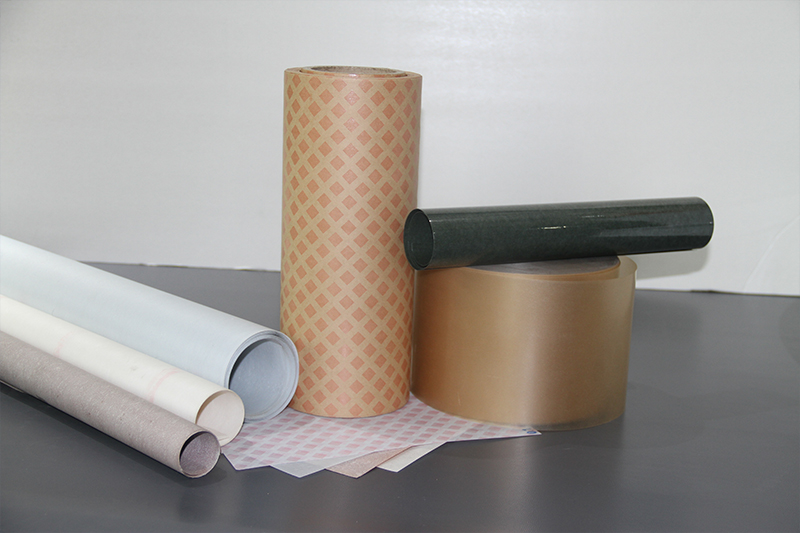
Composition and Characteristics of Composite Insulation Materials
1. Composition and Structure
Matrix material: Such as resin, rubber, or ceramic, they provide overall structural support and continuity;
Reinforcement materials: Such as glass fiber, carbon fiber, mica flakes, or nanoparticles, they enhance mechanical strength and heat resistance;
Functional additives: Such as flame retardants, anti-aging agents, and conductive fillers, they improve specific material properties.
2. Core Characteristics
High dielectric strength: Provides high withstand voltage and low partial discharge inception voltage;
Excellent heat resistance: Some materials, such as silicone rubber composites, can operate for extended periods in environments of 150°C–250°C;
Strong mechanical properties: Provides superior tensile, impact, and bending resistance compared to single materials;
Excellent environmental adaptability: Resists corrosion, moisture, and UV rays, making it suitable for harsh operating conditions;
Lightweight advantages: For example, the density of glass fiber reinforced plastics is only one-fourth–one-fifth that of metal.
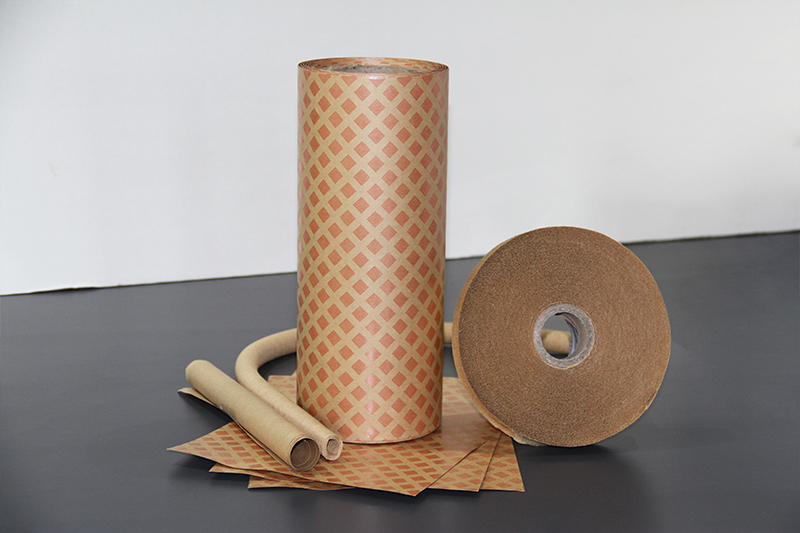
Main Application Areas of Composite Insulation Materials
1. Power Equipment
Dry-Type Transformers:
Application: Epoxy resin cast composite materials are used as winding insulation, replacing oil-impregnated insulation, achieving oil-free operation and explosion-proof performance.
Advantages: Low partial discharge, heat resistance up to Class F (155°C), and a service life exceeding 30 years.
High-Voltage Switchgear:
Application: Glass fiber-reinforced epoxy resin is used to manufacture circuit breaker housings and insulating rods.
Advantages: High mechanical strength (flexural strength > 200 MPa) and excellent arc resistance.
Cable Systems:
Application: Silicone rubber composite insulators are used in high-voltage cable terminals, gradually replacing traditional porcelain insulators.
Advantages: Strong hydrophobicity (contact angle > 150°) and pollution flashover resistance improved by more than five times.
2. New Energy Sector
Wind Power Equipment:
Application: Carbon fiber-reinforced epoxy resin is used for blade root insulation, withstanding both mechanical and electrical stresses.
Advantages: High specific strength (approximately five times that of steel) and excellent fatigue resistance.
Photovoltaic Inverter:
Application: Thermally conductive composite materials (such as aluminum nitride-filled silicone) are used in heat dissipation modules, providing both insulation and thermal conductivity.
Advantages: Thermal conductivity can reach 3W/(m·K) and insulation resistance exceeds 10¹⁴Ω·cm.
3. Rail Transit
Traction Transformer:
Application: Aramid paper reinforced polyimide film is used as winding insulation, replacing traditional Nomex paper.
Advantages: Temperature resistance reaches Class C (220°C) and has excellent radiation resistance, making it suitable for the frequent starts and stops of high-speed trains.
Pantograph Insulator:
Application: The insulator body is made of epoxy glass fiber composite material, with an RTV silicone rubber anti-fouling flashover coating sprayed on the surface.
Advantages: Balanced mechanical strength and electrical performance, with a maintenance cycle extended to 10 years.
As a key component of modern insulation technology, composite insulation materials, with their advantages such as strong designability, superior performance, and wide application range, are playing an irreplaceable role in key industries such as power, new energy, and transportation. With the continuous advancement of materials science and engineering applications, composite insulation materials will continue to evolve towards higher efficiency, environmental friendliness, and intelligentization, providing more reliable and advanced insulation solutions for high-end equipment manufacturing and energy transition.
- more+releated article
- 2025-09-15Main Advantages and Application Value of Europ
- 2025-09-13Regular Inspection and Maintenance Guide for 6
- 2025-09-13Efficiency, Cooling Systems, and Protection Me
- 2025-09-12Selection Guide for Yellow Epoxy Resin FR4 in
- 2025-09-12Installation and Maintenance Guide for Europea
- 2025-09-10Where to Buy Epoxy FR4 Yellow Transformer Insu
- 2025-09-09Best Oil Type Transformer Solutions for the In
- 2025-09-09Epoxy FR4 Yellow Laminate vs Pressboard: Choos
- 2025-09-08Oil Type Transformers: Price, Efficiency, and
- 2025-09-08Epoxy FR4 yellow board in power transformer

